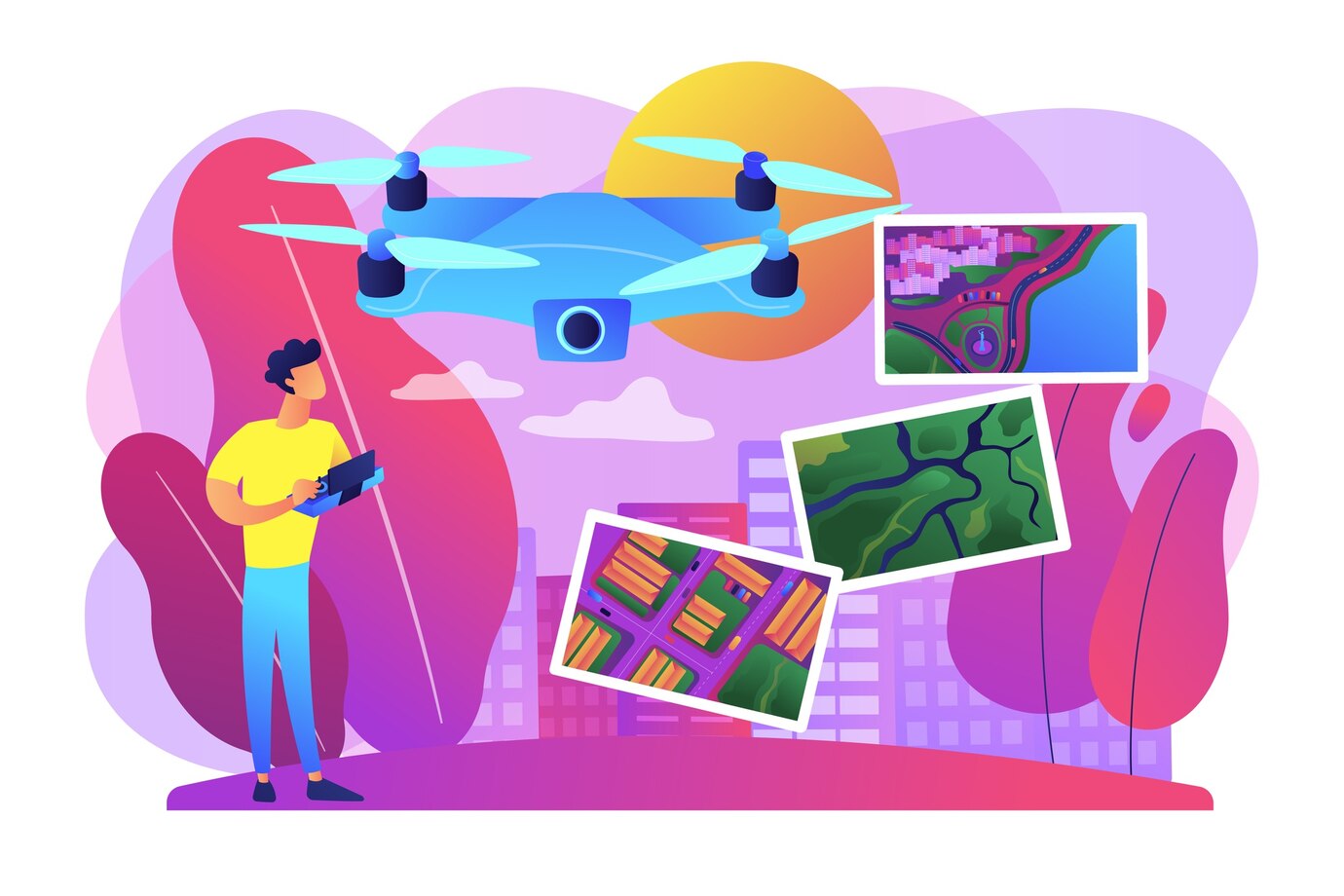Real-Time Data Processing in Drone Missions: Challenges & Solutions
Drones have revolutionized industries like agriculture, disaster management, surveillance, and logistics. A crucial aspect of drone operations is real-time data processing, which enables drones to make instant decisions. However, managing real-time data presents several challenges. This blog explores these challenges and their solutions.
Challenges
in Real-Time Data Processing:
Data
Overload and Bandwidth Limitations
Drones
collect vast amounts of data through high-resolution cameras and sensors.
Transmitting this data in real-time requires substantial bandwidth, which is
often unavailable in remote locations. Managing large data volumes efficiently
remains a challenge.
Limited
Processing Power and Latency Issues
Drones
have limited onboard computational capabilities, making real-time processing of
complex data difficult. High latency in data transmission can also hinder
critical functions like object detection and collision avoidance, increasing
operational risks.
Energy
Constraints
Real-time
data processing drains the drone’s battery rapidly, reducing flight duration.
Efficient power management is necessary to balance performance and operational
longevity.
Security
Risks
Real-time
data transmission exposes drones to cyber threats. Unauthorized access can
compromise mission integrity, making data security and encryption essential.
Solutions
for Efficient Real-Time Data Processing:
Edge
Computing and AI Integration
Processing
data locally using edge computing reduces the dependency on cloud connectivity
and minimizes latency. AI-powered algorithms further enhance real-time analysis
and decision-making, improving drone efficiency.
Advanced
Connectivity with 5G Networks
5G
technology provides high-speed data transfer and lower latency, ensuring
seamless real-time communication. Dedicated drone communication networks
further stabilize operations in remote areas.
Optimized
Data Management
Efficient
data compression techniques and onboard storage reduce transmission load while
maintaining data quality. Selective data transmission enhances real-time
functionality without excessive bandwidth usage.
Energy-Efficient
Processing
Lightweight
AI models and optimized computational frameworks help conserve battery power.
Dynamic resource allocation ensures that processing power is used efficiently,
extending operational capabilities.
Future
Innovations
Emerging
technologies such as quantum computing and next-generation AI models will
continue to refine real-time drone data processing. Autonomous drone swarms and
IoT-integrated sensor networks will further optimize drone applications across
various industries.
Conclusion
Real-time
data processing enhances drone efficiency, safety, and decision-making. While
challenges exist, advancements in edge computing, AI, and 5G technology are
revolutionizing drone operations. With continuous improvements, drones will
become even more intelligent, reliable, and effective in real-time missions.
.png)






Leave a Comment
Your email address will not be published. Required fields are marked *